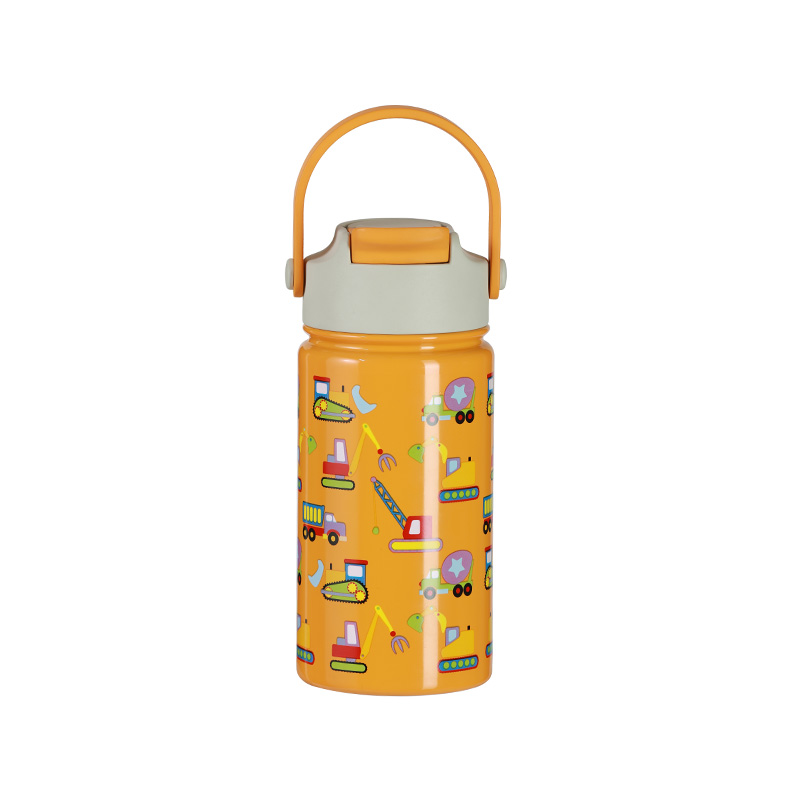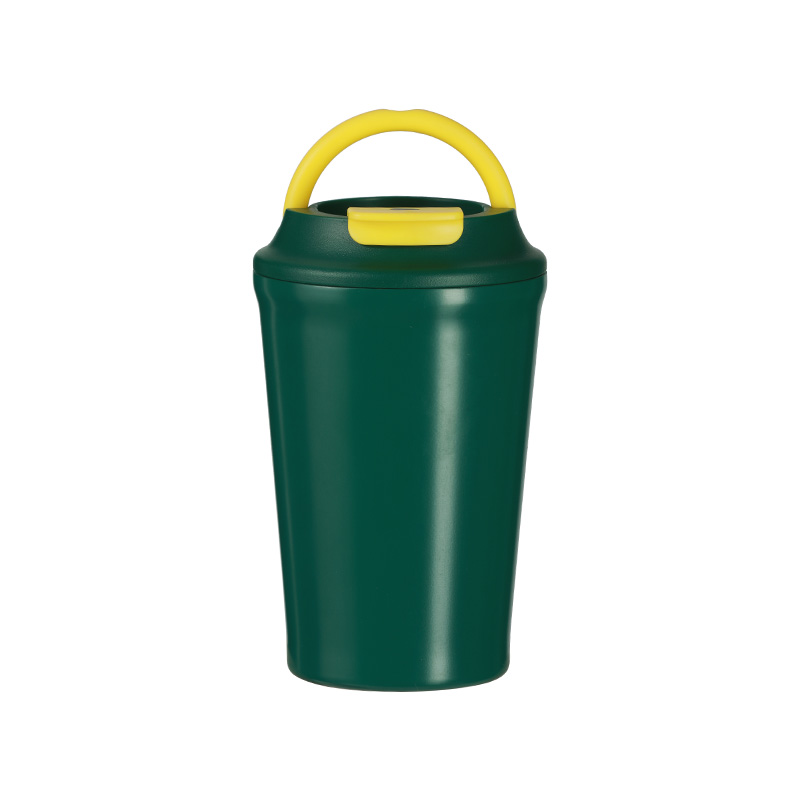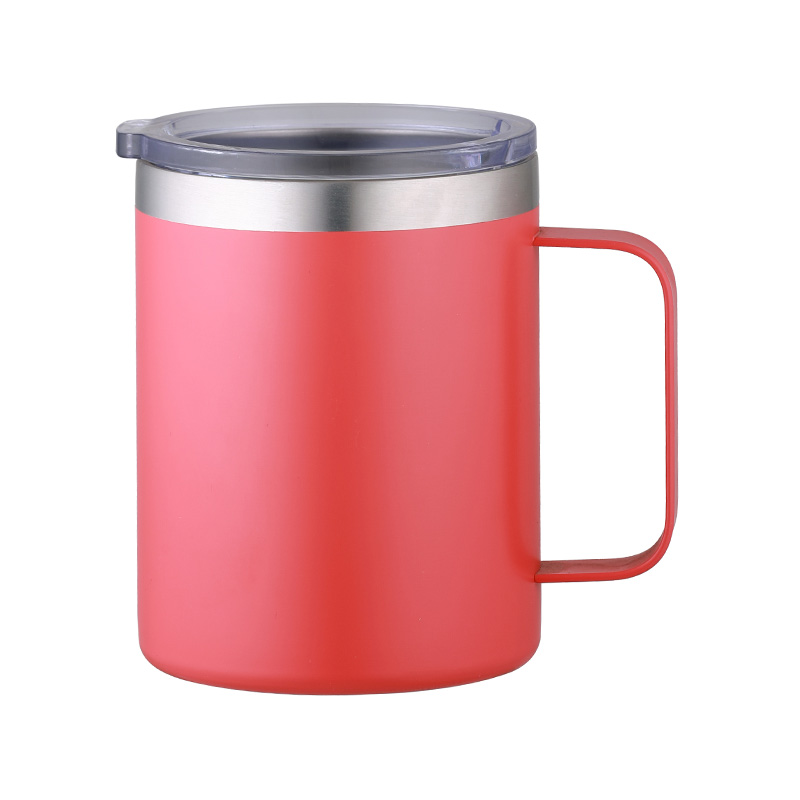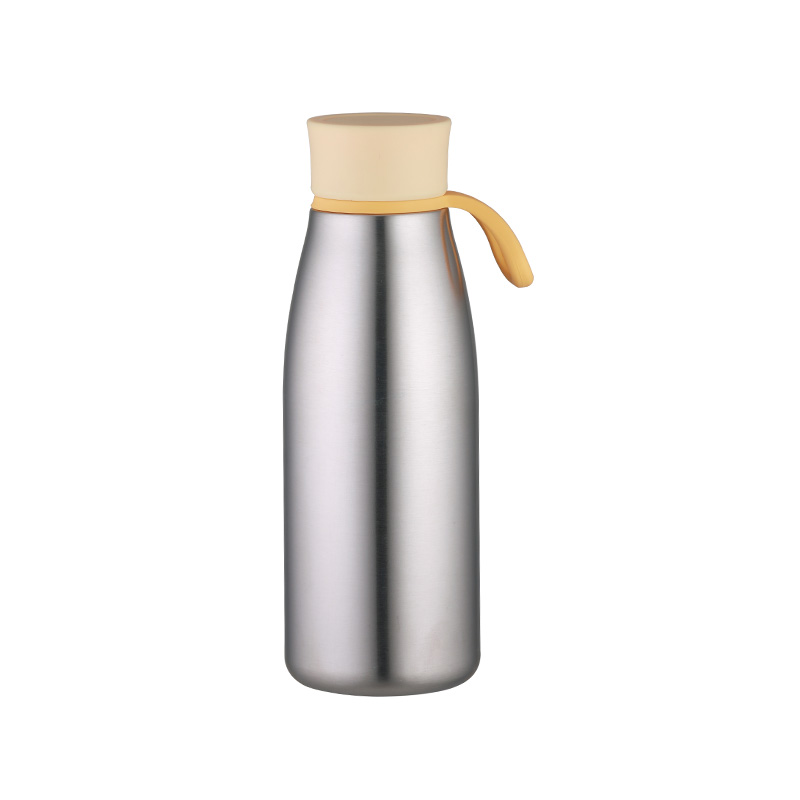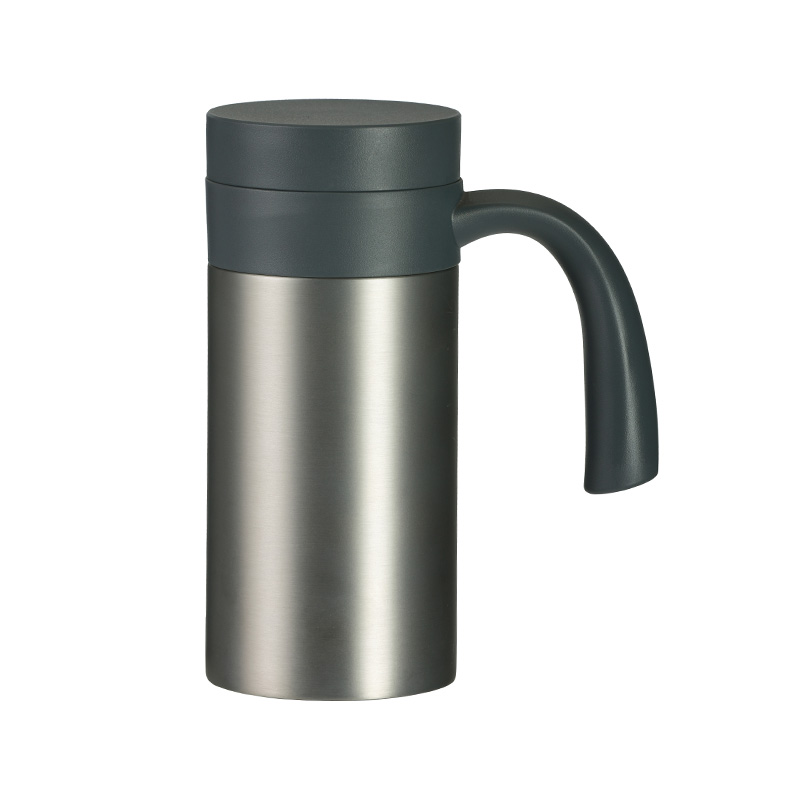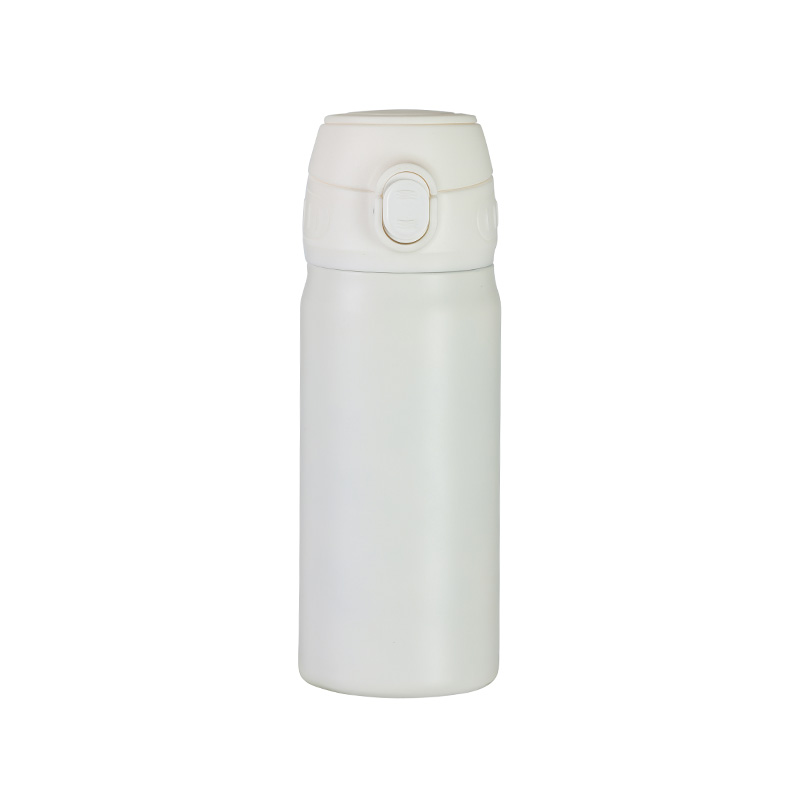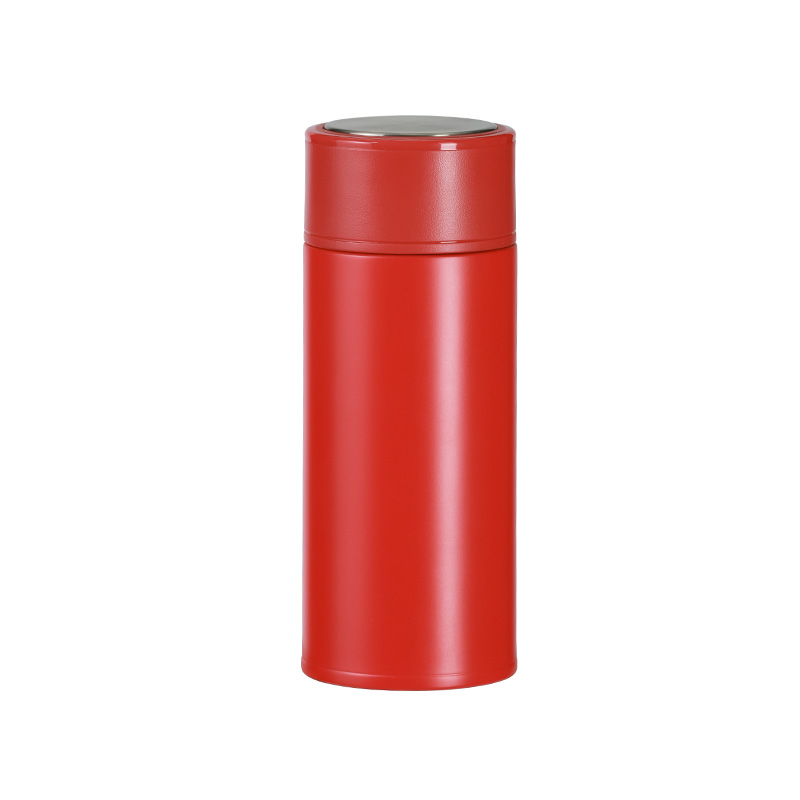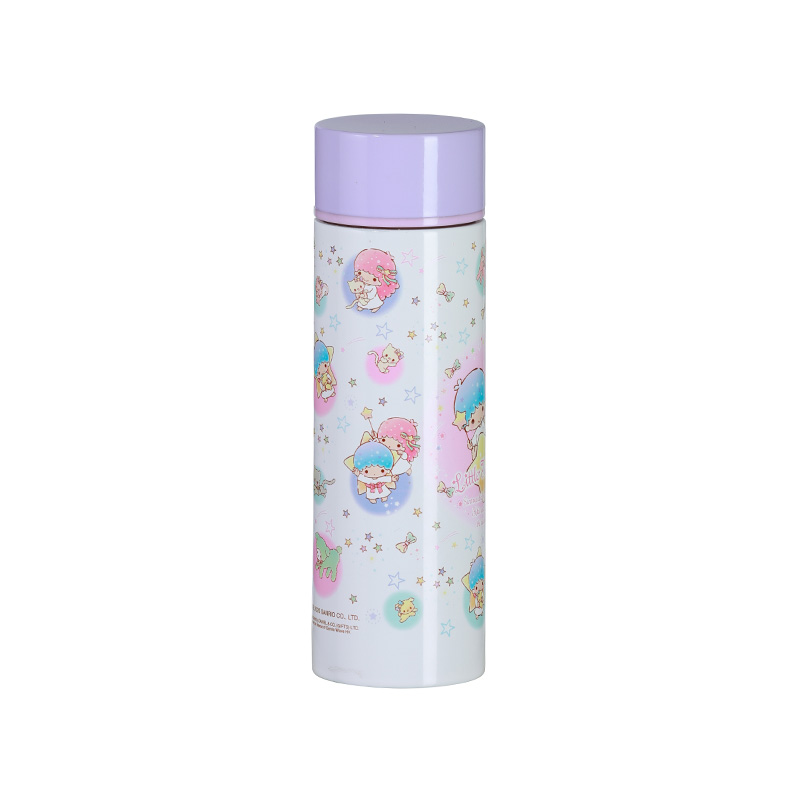The vacuum flask's ability to maintain the temperature of liquids is attributed to two main factors:
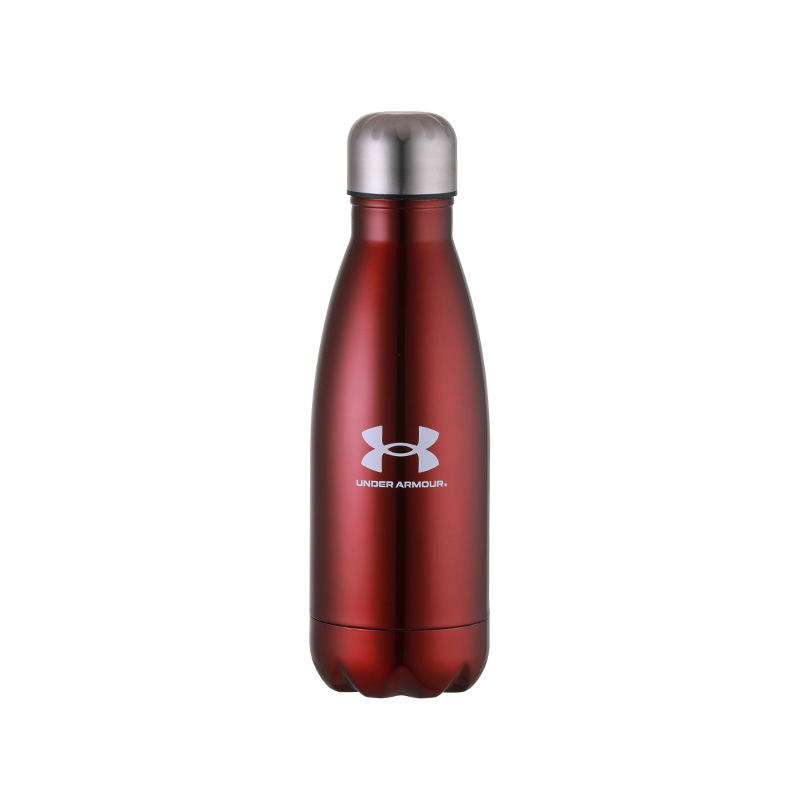
Vacuum Insulation: The vacuum between the two layers of stainless steel creates a barrier, preventing heat from escaping or entering. This is a crucial feature that allows the flask to perform efficiently over long periods.
Stainless Steel Construction: Stainless steel is resistant to rust, corrosion, and wear. It also provides strength and durability, making the flask ideal for everyday use in a variety of environments, from office desks to rugged outdoor activities.
The origin of vacuum flasks dates back to the 19th century. The vacuum flask, known as a "Thermos," was invented by Scottish scientist Sir James Dewar in 1892. Dewar, who was researching the properties of gases at extremely low temperatures, developed a double-walled container that could keep liquids cold for extended periods. However, it wasn't until the early 1900s that the design was improved and commercialized for everyday use.
Originally, vacuum flasks were made from glass and were highly effective but fragile, easily breaking with impact. The introduction of stainless steel in the 1950s revolutionized the flask's design. Stainless steel offered the same insulating properties as glass but with added durability and strength, making flasks more portable and less prone to damage. This development paved the way for the modern stainless steel vacuum flask as we know it today.
Stainless steel vacuum flasks work through a combination of insulation techniques that help regulate the temperature of the liquid inside. The main principles that govern the functionality of these flasks are:
Double-Wall Insulation: The flask consists of two layers of stainless steel, with a vacuum sealed between them. This vacuum acts as a barrier, preventing heat transfer by conduction and convection. It's this vacuum layer that is key to maintaining the temperature of the liquid inside for extended periods.
Reflective Coating: Some high-end vacuum flasks feature a reflective coating on the inner wall of the flask. This coating helps reflect heat back into the flask, reducing heat loss and enhancing the flask's ability to retain temperature.
Cap Design: The cap of a stainless steel vacuum flask is designed to be airtight, further helping to maintain the internal temperature. Many modern flasks come with lids that feature a tight seal to prevent leaks and minimize heat exchange.
The popularity of stainless steel vacuum flasks is largely due to the wide range of benefits they offer. These advantages make them suitable for various applications, whether you're at home, at work, or out in nature.
Temperature Retention: The primary benefit of a stainless steel vacuum flask is its ability to keep liquids at the desired temperature for long periods. Hot drinks can remain hot for up to 12 hours, while cold drinks can stay cold for 24 hours or more. This is particularly beneficial for people who spend extended periods away from home and need a convenient way to enjoy their beverages at the right temperature.
Durability: Unlike glass flasks, which can shatter if dropped, stainless steel vacuum flasks are highly durable. They can withstand rough handling, making them ideal for outdoor activities, commuting, or traveling. The stainless steel construction also resists rust and corrosion, ensuring a long lifespan for the flask.
Environmentally Friendly: Stainless steel vacuum flasks are reusable, helping to reduce the consumption of single-use plastic bottles and cups. This makes them an eco-friendly alternative, contributing to a reduction in plastic waste.

 English
English 日本語
日本語